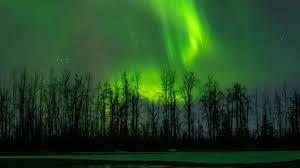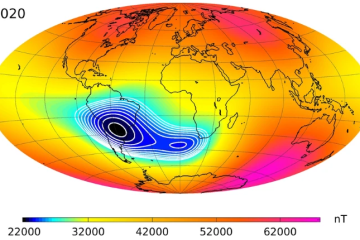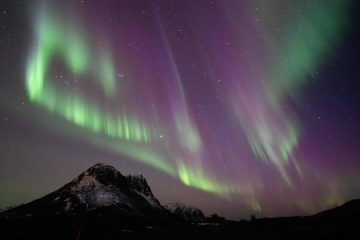Northern Lights: Your Guide to the Aurora Borealis Forecast

Introduction to the Aurora Borealis
The Northern Lights, or Aurora Borealis, are one of nature’s most mesmerizing celestial displays, captivating millions around the globe. These beautiful light shows, caused by disturbances in the magnetosphere due to solar wind, are particularly visible in high-latitude regions such as Canada. With an increase in solar activity projected over the next few years, interest in forecasting and witnessing the Aurora Borealis has surged significantly.
Current Predictions and Conditions
As of late October 2023, the forecast for the Northern Lights remains optimistic. According to the National Oceanic and Atmospheric Administration (NOAA) and the University of Alaska Fairbanks, solar activity is expected to reach moderate levels, enhancing the potential for spectacular Aurora displays. The next period of heightened solar activity is anticipated around November 2023, making it an ideal time for enthusiasts and tourists to plan their trips to prime viewing locations.
Geo-magnetic storms are significant to watch for; when these storms occur, they can push the Auroral zone further south, allowing areas that historically may not experience the lights to have an opportunity. Many places in Canada, including the Yukon, Northwestern Territories, and parts of Alberta and British Columbia, have ideal conditions for viewing, especially under clear, dark skies.
Tips for Viewing the Aurora Borealis
For observers hoping to catch a glimpse of this stunning spectacle, timing and location are crucial. The best times to view the Northern Lights are typically between late September and early April, with peak visibility generally around midnight. Ensuring that you are far away from city lights and pollution can vastly improve your chances of seeing the Aurora in all its glory.
Additionally, mobile applications and websites that track solar activity and real-time Auroral forecasts can help observers plan their viewing trips effectively. Consider using tools like the Aurora Forecast app or Space Weather websites; these provide current indices and alerts for geomagnetic activity.
Conclusion
The Northern Lights are both a natural wonder and a captivating phenomenon that draws people into the great outdoors. With current forecasts indicating an active period for solar activity, now is a great time for those interested to seek opportunities to witness the Aurora Borealis. As future solar cycles approach their peaks, the excitement and anticipation for these displays will likely only grow, encouraging more people to explore the beautiful Canadian wilderness and its stunning night skies.







